
Captain Field Eugene Kindley was an American aviator and World War I flying ace credited with twelve confirmed aerial victories.

Joseph Frank Wehner, also known as Fritz Wehner, was an American fighter pilot and wingman to Frank Luke.

George Augustus Vaughn Jr. was an American fighter ace in World War I and Distinguished Service Cross, Britain's Distinguished Flying Cross, and Silver Star recipient. Vaughn was America's second-ranking Air Service ace to survive the war.
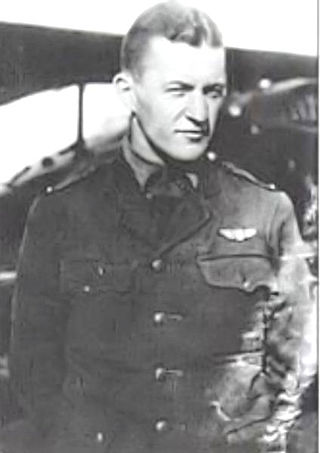
Captain Harold Robert Buckley was a World War I flying ace credited with five aerial victories.

First Lieutenant Charles Rudolph d'Olive was a World War I flying ace, credited with five aerial victories. He was the last World War I aviator to be declared an ace, in 1963.

Arthur Edmund Easterbrook was an American aviator who started his career as a World War I flying ace credited with five aerial victories. During World War II, he held several important positions in the U. S. Army Air Corps.

Lieutenant George Willard Furlow (1893–1959) was a World War I flying ace credited with five aerial victories.
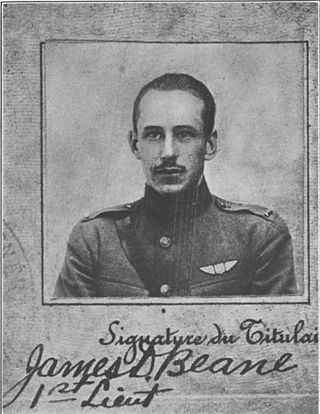
Lieutenant James Dudley Beane was a World War I flying ace credited with six aerial victories.

Lieutenant John Knox MacArthur was an American World War I flying ace credited with six aerial victories. He was his squadron's first ace.
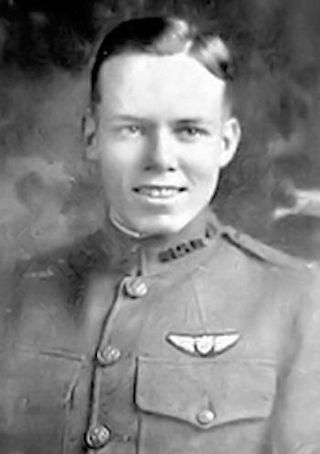
Lieutenant Donald Hudson was an American World War I flying ace credited with six aerial victories. Postwar, he pioneered aviation in Bolivia, including being the first aviator to fly across the Andes Mountains.
Lieutenant Archibald Buchanan was a World War I flying ace credited with seven aerial victories.
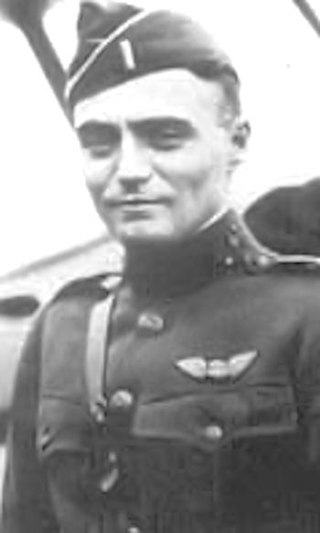
Lieutenant Jesse Orin Creech was a World War I flying ace credited with seven aerial victories. He shot down the final victory of the war for his squadron.

Lieutenant Lansing Colton Holden, Jr. was a World War I flying ace credited with seven aerial victories. He was an architect, illustrator, and American film director.

Captain Gorman DeFreest Larner was a World War I flying ace credited with seven aerial victories.

Lieutenant Clinton Leonard Jones, Jr. was an American World War I flying ace credited with eight aerial victories.

Lieutenant Jacques Michael Swaab was an American World War I flying ace with the 22nd Aero Squadron who was credited with ten victories. He later worked in the Hollywood film industry.
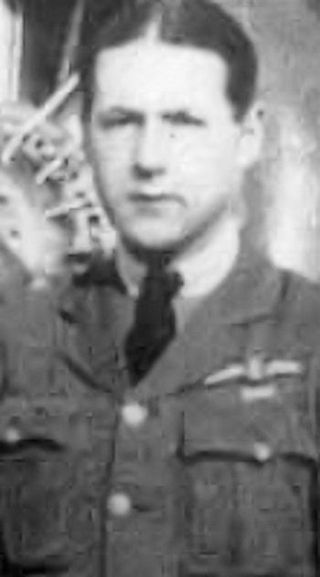
Lieutenant Kenneth Russell Unger was an American World War I flying ace credited with fourteen aerial victories. His candidacy rejected by his own nation, Unger applied to the British Royal Flying Corps for military pilot training in June 1917. Once trained, he was assigned to the Royal Naval Air Service (RNAS). As the RNAS was merged into the Royal Air Force, Unger scored his aerial victories between 26 June and 1 November 1918. In later life, Unger remained involved in aviation and served again during World War II. He also joined the U.S. Navy Reserves, rising to the rank of rear admiral.
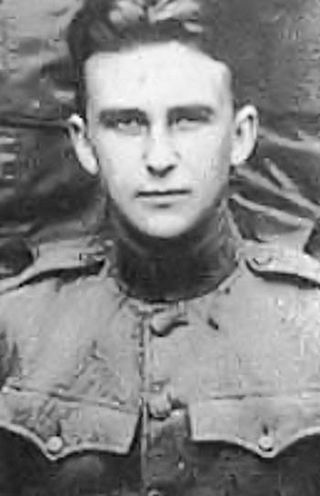
Lieutenant Howard Burdick DSC DFC was an American World War I flying ace credited with eight confirmed aerial victories. He and his son, Clinton D. Burdick, are the only known pair of father-son flying aces.

Lieutenant Chester Ellis Wright was an American World War I flying ace credited with nine confirmed aerial victories. He was the top scoring ace for his squadron.
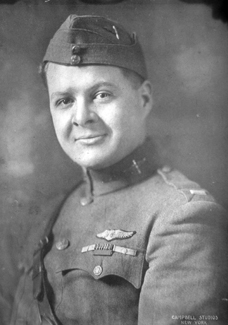
Paul Frank Baer was an American fighter pilot for the United States Army Air Service in World War I. He was credited with nine confirmed victories and seven unconfirmed victory claims, making him the first flying ace in American military aviation history.



















